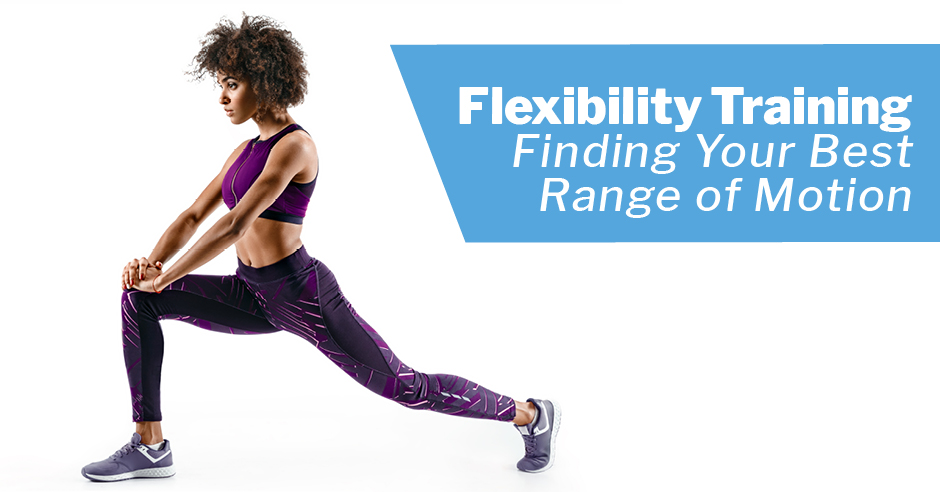Introduction
Flexibility plays a crucial role in maintaining overall health, fitness, and physical performance. Whether you’re an athlete seeking to improve your competitive edge, someone looking to enhance your daily functional movements, or simply aiming to move with ease and prevent injuries, regular stretching offers numerous benefits. In this guide, we’ll delve into the importance of stretching, different stretching techniques, and tips for creating a safe and effective stretching routine.
The Importance of Flexibility
Flexibility refers to the achievable range of motion (ROM) of a joint or group of joints. Here’s why it matters:
- Injury Prevention: Good flexibility reduces muscle stiffness and improves joint mobility, decreasing the risk of injuries during exercise and everyday activities.
- Reduced Muscle Soreness: Stretching helps elongate muscle fibers and improves circulation, potentially lessening post-workout muscle soreness.
- Improved Posture and Balance: Maintaining flexibility can counteract muscle imbalances, improving posture and contributing to better balance.
- Enhanced Performance: Increased ROM allows for greater power output in sports and supports overall athletic performance.
- Daily Function and Mobility: Good flexibility makes simple tasks like bending down, reaching overhead, or twisting with ease.
Types of Stretching
There are various stretching techniques, each offering unique advantages:
-
Static Stretching: The classic stretch-and-hold method. Muscle is slowly lengthened and held for a period, generally between 30-60 seconds. Best for post-workout or as a dedicated flexibility routine.
-
Dynamic Stretching: Involves controlled, active movements through a range of motion. Often used as part of a warm-up before exercise. Examples include leg swings, arm circles, and torso twists.
-
Ballistic Stretching: Employs bouncing or jerking movements to push a muscle past its normal ROM. Higher risk of injury makes this method less commonly recommended.
-
Proprioceptive Neuromuscular Facilitation (PNF): More advanced form of stretching that utilizes a contract-and-relax technique to increase ROM. Often performed with assistance from a trained professional.
Tips for Effective Stretching
- Warm Up First: Increase circulation with light cardio (5-10 min) before stretching to enhance muscle elasticity and prevent injuries.
- Proper Form: Focus on good alignment and avoid bouncing or jerking movements.
- Breathe Deeply: Holding your breath can create tension. Aim for relaxed, rhythmic breathing during stretches.
- Slight Discomfort, Not Pain: You should feel a mild stretch or tension, but never sharp pain. Back off if it’s painful.
- Hold Each Stretch: Hold static stretches for 30-60 seconds.
- Repeat Regularly: Aim for 2-3 stretching sessions per week or short stretches throughout the day.
Creating a Stretching Routine
Here’s a basic full-body static stretching routine to get you started:
- Neck Stretches:
- Neck side bends: Gently tilt your ear towards your shoulder. Hold, repeat on opposite side.
- Chin tucks: Tuck your chin to your chest, hold then gently look up at the ceiling.
- Shoulder Stretches:
- Overhead triceps stretch: Reach one arm overhead, bend at elbow, and gently pull it down with opposite hand. Repeat for the other side.
- Cross-body shoulder stretch: Pull one arm across your body using the opposite hand for gentle pressure. Repeat for the other side.
- Chest Stretch: Interlace fingers behind your back and lift arms up while stretching chest forward.
- Back Stretches:
- Cat-cow: Start on hands and knees, arching your back up (cat), then rounding down (cow).
- Child’s pose: Kneel, sit back on heels, stretch arms forward, resting forehead towards the floor.
- Hip Flexor Stretch: Kneel on one knee, push hips forward gently, hold and repeat on the other side.
- Hamstring Stretch: While seated with legs extended, reach towards your toes, keeping a straight back.
- Calf Stretch: Face a wall, place one leg back with heel flat, lean in gently towards the wall. Repeat for the other side.
Important Considerations
- Listen to Your Body: Pain is a signal to stop. Progress gradually to increase flexibility over time.
- Medical Conditions: Seek advice from a doctor or physical therapist if you have injuries or certain medical conditions before starting a stretching program.
- Be Patient: Improvements in flexibility take time. Aim for consistency rather than pushing too hard.
Key Points
- Flexibility is the range of motion around a joint, important for overall health and fitness.
- Stretching reduces muscle stiffness, improves posture, and aids in injury prevention.
- Static stretching (stretch and hold) is best post-workout, while dynamic stretches are suitable for warm-ups.
- Warm up muscles before stretching, focus on proper form, and avoid pain.
- A regular stretching routine with holds of 30-60 seconds leads to improvements in flexibility.
Conclusion
Flexibility is often an overlooked component of fitness, yet its benefits go far beyond mere touch-your-toes ability. By including regular stretching into your routine, you invest in injury prevention, improved posture, and a greater ease of movement in both athletic pursuits and daily life. Remember to warm up before stretching, maintain proper form, and listen to your body’s signals. With patience and consistency, stretching can unlock a wider range of motion, enhancing your overall well-being. Whether you’re a seasoned athlete or simply striving for better functional fitness, make flexibility a priority and enjoy the freedom of movement it offers.

